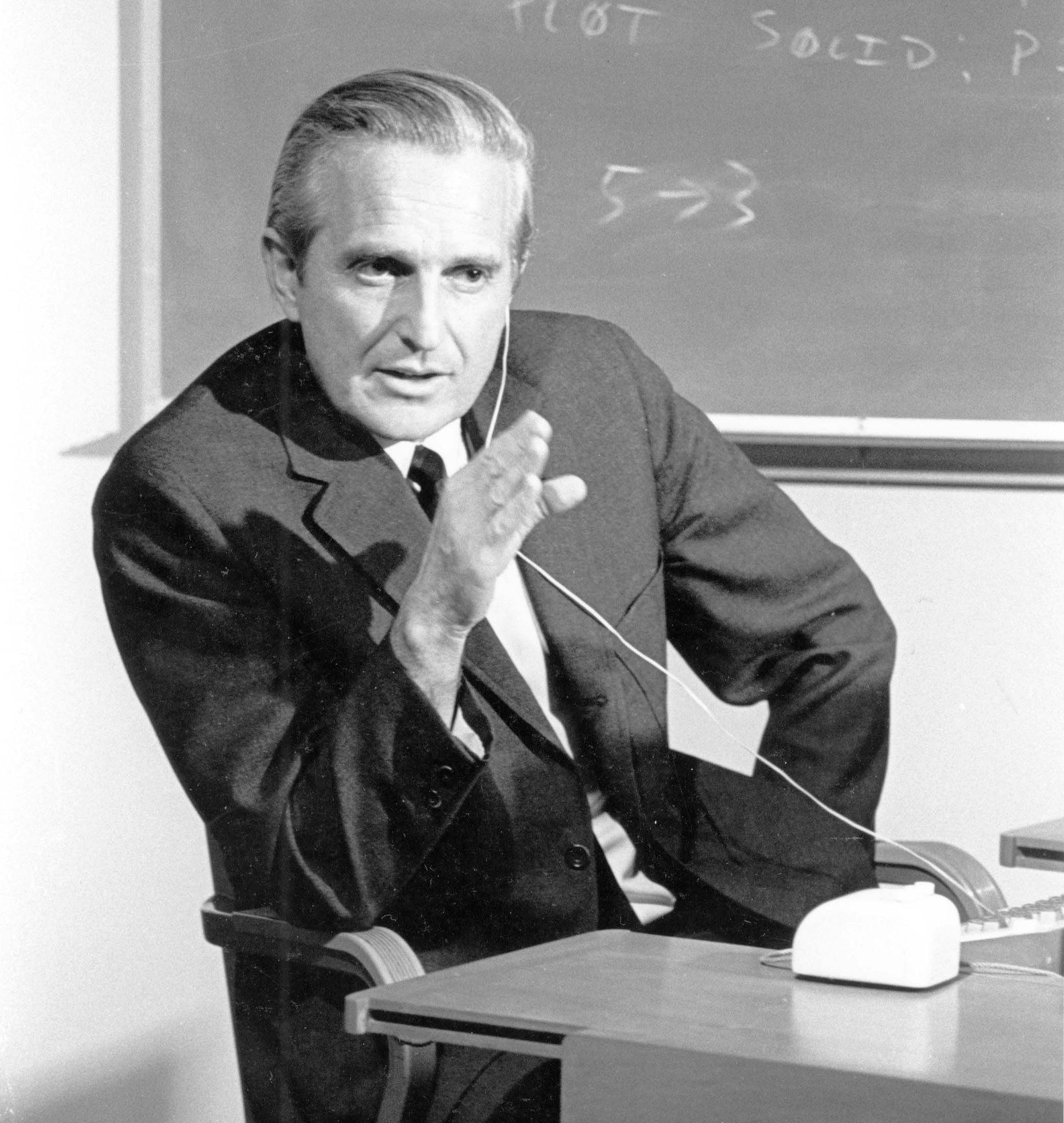Do you remember Mr. Clippy?
If you've got as many miles on the clock as me, you'll probably recall this little animated assistant from the glory days of Microsoft Office. Clippy was our trusty sidekick, always ready to introduce new features or guide us, step-by-step, through the complexities of our tasks.
Back then, as we were finding our way around new software interfaces and interaction patterns, having a digital assistant like Clippy on hand was super useful. But as we grew more tech-savvy, we didn't need our ever-eager helper quite as much, and eventually, Clippy was retired.
Fast forward to the present, and it feels like we've come full circle. The rise of AI and other cloud-based technologies have us exploring new interaction paradigms all over again. In a way, it's a bit like déjà vu. Wouldn't it be kinda cool if we had a modern Clippy on hand? This time around, instead of guiding us through software, this AI assistant could support us in our day-to-day work, and in a language we understand.
When you think about it, the realm of human-machine interaction is going through an exciting phase right now. We're seeing shifts as significant as those we experienced between the 1960s and 1970s when the likes of Douglas Engelbart revolutionized the field with his human-computer interaction theories and practical innovations like the mouse and graphic interface.

Today, we're at the cusp of another transformative moment, with natural language processing taking center stage. Now we can interact with machines more intuitively, using speech. This shift towards speed and natural language use is setting the stage for a surge in raw data creation, and that's where AI comes in - to help us make sense of it all.
Isn't it mind-blowing to consider how these developments could herald a new era in human-computer interaction? Personally, I’ll keep my eyes peeled for the next Clippy-like breakthrough.
你肯定还记得Clippy先生,对吧?如果你像我一样老,你可能会回忆起这个在微软Office辉煌时期的小小动画助手。Clippy是我们可靠的小伙伴,总是随时准备介绍新功能或一步一步引导我们完成任务的复杂性。
那时候,当我们正在找寻新的软件界面和交互模式的时候,有像Clippy这样的数字助手在手边是非常有用的。但随着我们变得更加擅长使用技术,我们并不需要这个过度热心的小助手了。最终,Clippy退休了。
快进到现在,感觉我们又回到了原点。AI和其他基于云的技术的兴起让我们再次探索新的交互范式。在某种程度上,这有点像似曾相识。如果我们有一个现代版的Clippy在手边,那不是很酷吗?这一次,这个AI助手可以在我们的日常工作中支持我们,用我们能理解的语言。
当你思考这个问题时,你会发现人机交互领域正处在一个令人兴奋的阶段。我们正在看到的转变与1960年代和1970年代之间的转变一样重大,当时像Douglas Engelbart这样的人通过他的人机交互理论和实用的创新,如鼠标和图形界面,革新了这个领域。
今天,我们正处在另一个变革的边缘,自然语言处理正占据中心舞台。现在我们可以更直观地使用语音与机器交互。这种向速度和自然语言使用的转变为原始数据的创造带来了猛增,这就是AI的作用——帮助我们理解所有的信息。
考虑到这些发展可能预示着人机交互的新时代,难道不令人兴奋吗?我还挺期待下一个像Clippy那样的突破呢,应该不远了。
(大狗熊原创,欢迎转载)

